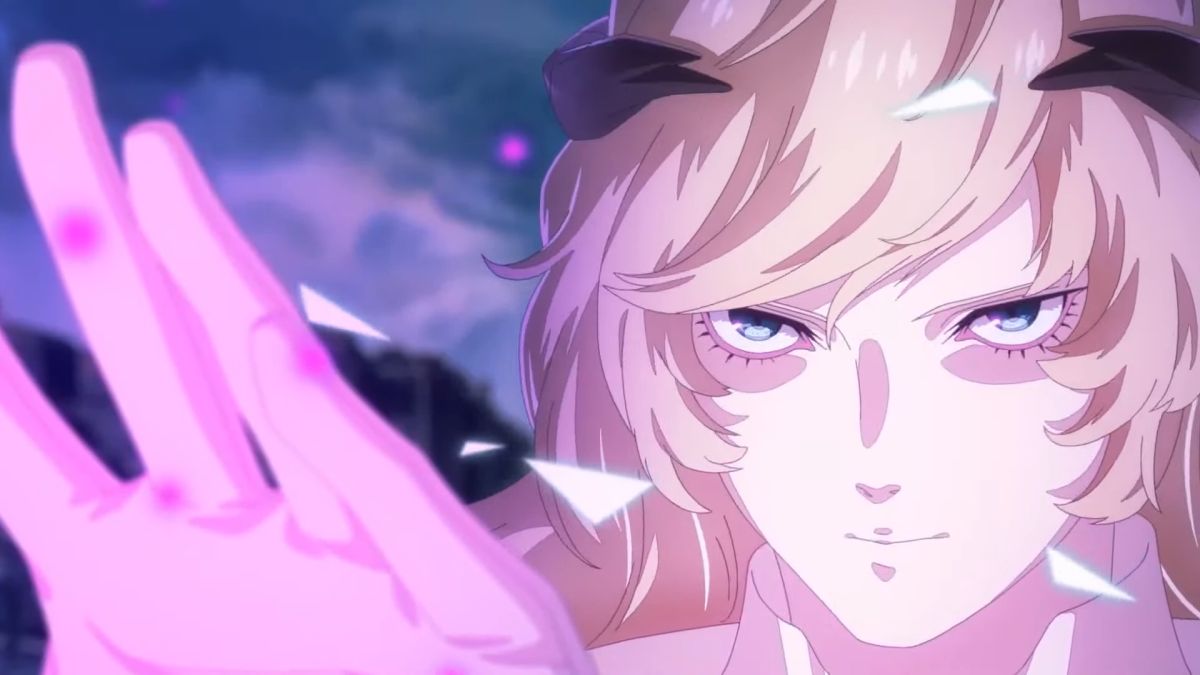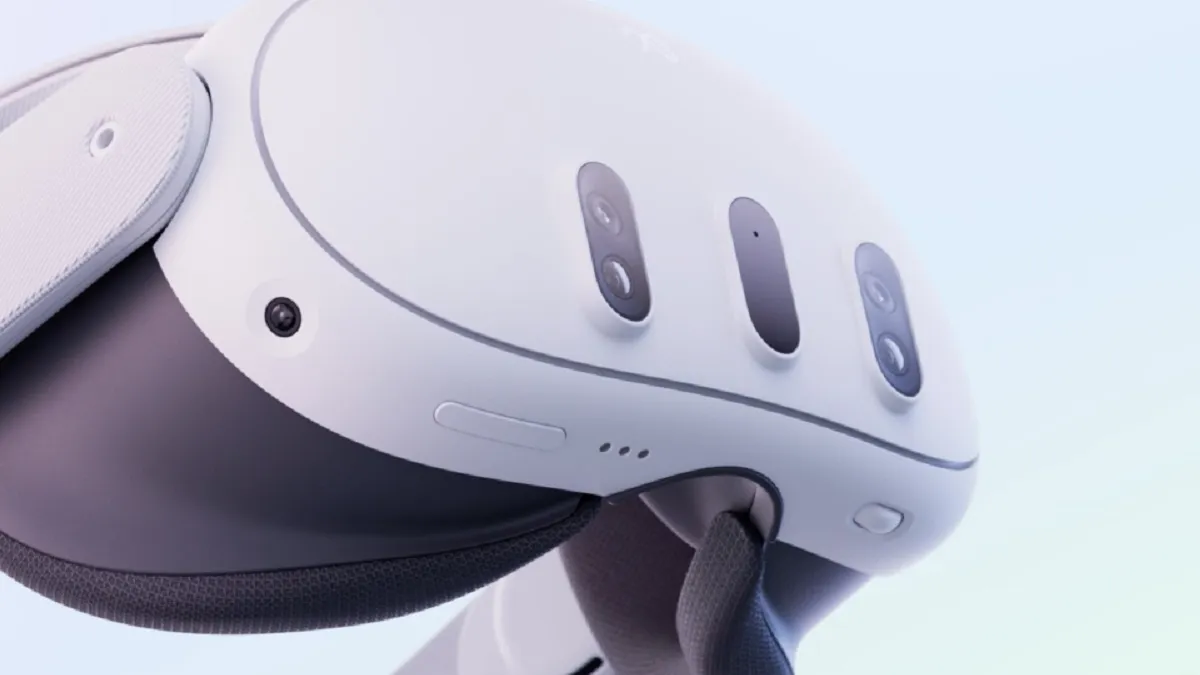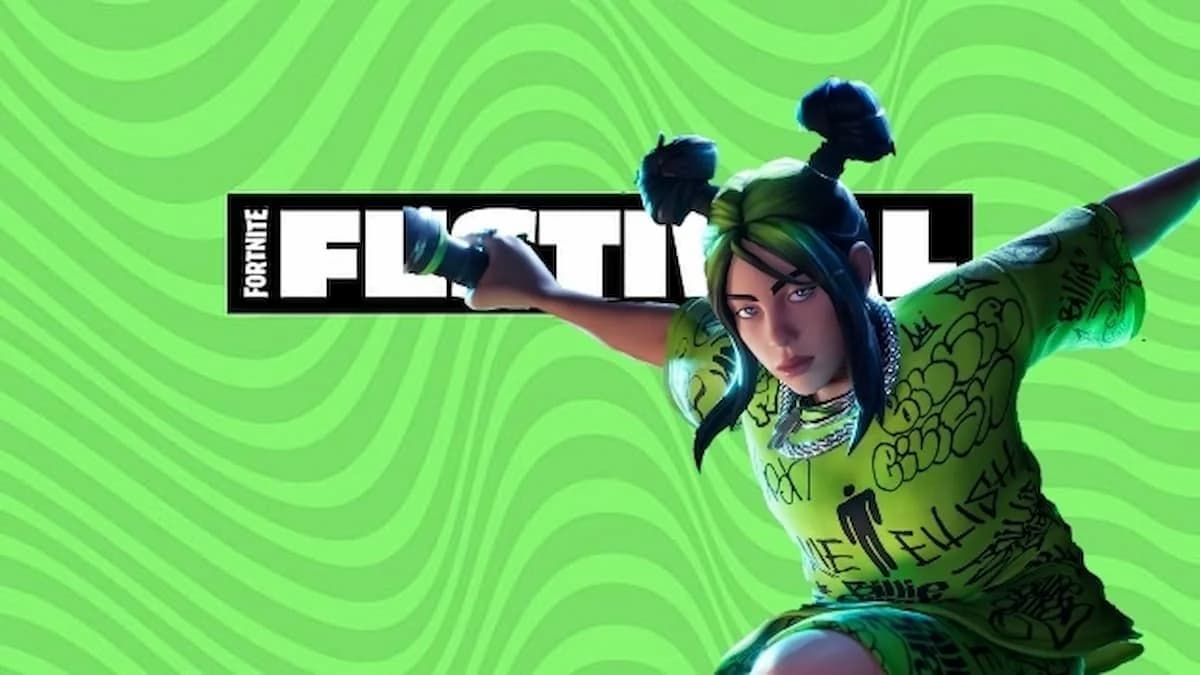The first time I played Bit.Trip FATE, I was at PAX 2010. It was an exciting time. I was just about to do my first panel, I was around some of my favorite people on the planet, I was riding high of a post-PAX euphoria; all was right with the world.
Flash-forward to last Monday, and I’ve just gotten home from shooting an episode of Destructoid (the show). I’m feeling anxious and self-conscious, with a sort of post-performance stage fright. The house is empty, and I just want to go to bed. Instead, I buy Bit.Trip FATE, with the sinking feeling that there is no way I can have as much fun with the game now as I did at PAX.
Six hours later, I’ve beaten the game, and I still can’t put it down. My fellow Dtoid editors actually have to drag me away from the game so that I can get started on this review. All the Bit.Trip games are great, but Bit.Trip FATE is different, and it’s those differences that got me hooked. Check out the full review for how those hooks work, and why I love them.

Bit.Trip FATE (WiiWare)
Developer: Gaijin Games
Publisher: Aksys Games
Released: October 25, 2010
MSRP: 800 Wii Points ($8)
Bit.Trip FATE is by far the strangest title that Gaijin Games has done yet. Even by the already surreal Bit.Trip standards, this game is weird.
FATE tells the story of Commander Video and his showdown with a mysterious thing called “The Source.” The source of all evil? The source of the game? We’re not exactly sure, but we’re clearly told from picture balloons and character actions that “The Source” wants to “skull” Commander Video, and Commander Video wants to “heart” The Source. In true Bit.Trip style, they’re leaving some stuff open to interpretation, though it’s safe enough to guess that “skull” means death and “heart” means love. With that conflict established, Commander Video hops onto a winding, twisting path called “the vibe,” traveling down a one-way road towards a climactic showdown with The Source.

All of the Bit.Trip games tell a story, but they were never this direct. FATE lays out the villain, the hero, the supporting characters, and the character development in a very concrete and identifiable way. There’s no voice acting, and minimal animation, so there is still plenty of room for the player’s imagination to fill in the blanks. That said, there are definitive, unmistakable events that happen in Bit.Trip FATE. The cliffhanger ending is the real deal. There is a reason why this is known as Empire Strikes Back of the series.
Like with the past Bit.Trip games, FATE takes a familiar genre and brings it to places it has never been to before. FATE is an auto-scrolling 2D shoot-’em-up, one of the oldest game genres going. That could lead to something pretty stale. Thankfully, FATE takes the principles of 2D shoot-’em-up design and turns them on their heads.

In most shoot-’em-ups, you can move in any direction, but you’re limited to firing only in front of you (and maybe one other direction if you have a power-up or something). FATE takes those properties and flips them. Using the Wii Remote’s pointer controls, you can shoot in any direction at all times, but because you’re saddled to “the vibe,” you can only move in two directions at a time: forward or backward on the line. In short, you have the power to kill anything that comes at you, but you’re powerless to change the path you’re saddled to.
Like Bit.Trip VOID, FATE also tasks the player with balancing offensive and defensive tactics. You’ll be tempted to be shooting at all times, but with a little experience, you’ll discover that you don’t move as quickly while firing. I’d guess that your character moves at less than half speed while holding down the fire button, so in order to dodge effectively, you’ll sometimes need to stop firing. The trade-off there is that shooting enemies is one of the main ways to increase your health and fire power. At full health (called “Giga”), you shoot four bullets at a time, and can take six hits before dying. Losing health will also decrease how many shots you can fire. At minimum health, you can only shoot one bullet at a time. You’ll feel weak and and close to death.

If you’re good, you’ll never have to stay that close to death for long. Killing enemies isn’t the only way to increase your health. There are also little power-ups you can grab, but since you can only get them from blowing something up, the game still comes back to the “shooting to stay alive” principle. Finding the safest place to be on the vibe while keeping track of your enemies and their bullets, power-ups, your crosshairs, and weighing the pros and cons of shooting vs. dodging, is the core of the Bit.Trip FATE experience.
By asking you to be constantly aware of all of those on-screen events at once, the game brings you to the infamous “Bit.Trip zone”: a state of consciousness that’s like a cross between meditation and martial arts with controller. For more about that, check out the Destructoid review of Bit.Trip CORE, where Anthony Burch and I discuss the gameplay phenomenon at length.

Though FATE stands upon the basics that made the past Bit.Trip games great, it also does a lot to expand the series. Visually, this game is fantastic, and not just in the minimal, retro-centric way that the Bit.Trip series is known for. The character design, the enemies, the backgrounds — they all have a style and a feeling that’s truly unique to this game. We got a taste of it in Bit.Trip RUNNER, but FATE takes that style to another level. The bosses are especially badass. Some scratch their own brains, some vomit fire, and others shoot their own blood-red eyeballs at you. They’re all awesome, though. Even though I’ve killed them all multiple times, I’m still not sick of them.
Part of that is because they all fit into a greater visual and auditory idea that FATE expresses. The bosses really stand out visually, but symbolically, they’re just part of a greater message. The backgrounds, which include ghostly cubicles in an abandoned office building, a digital volcano, and an icy beat mine, are all just as evocative as the bosses; they’re just more subtle in their presentation. There are also plenty of subliminal messages in the backdrops. You probably won’t catch them all the first time, but I urge you to watch for them. They’re both hilarious and soul-crushing.

For some, though, the most evocative part of Bit.Trip FATE will be the dubstep soundtrack. It’s beautiful stuff: equal parts dramatic, depressing, and strangely hopeful. These songs are also head-bobbingly danceable, and totally club-friendly. Here at Dtoid HQ, everyone in the house got up and started dancing while I was playing through level four. It was pretty distracting, but in an awesome sort of way.
Then there are the power-ups. They’re not a major part of the game, but they definitely help spice things up. At set points in each level, you’ll have the opportunity to grab an icon that represents one of Commander Video’s four friends; Commandgirl Video, Juinior Melchkin, Mr. Robotube, and Meat Boy (from Super Meat Boy). After you grab them, they’ll circle you and shield you from bullets, and power you up. Depending on which character you grab, you’ll either get a screen-filling spread shot, a triple laser, a side-winding attack, or a bullet-absorbing mega-shot. That last one (which you get from Meat Boy) is by far the best in game, and pretty much puts the others to shame. It also makes the game pretty easy during the thirty seconds or so that it stays in effect.

That speaks to the one issue that I think people might have with Bit.Trip FATE. I found it to be much easier than past games in the series. The game is technically as long as, if not longer than, the previous Bit.Trip games, but I beat it a lot more quickly than the others. I didn’t time it, but I’m pretty sure that I saw the credits about six hours after starting it up. I did record my deaths, though; I died once against the second boss, twice against the fourth boss, three times against the fifth boss, and seven times against the last boss, with one or two mid-level deaths spread out in between. That’s nothing compared to the hundreds of times I’ve died in BEAT, CORE, and RUNNER.
That might be because I got in some practice with FATE at PAX, where I died multiple times and came nowhere close to beating the game. I asked a few other Dtoid employees to check out FATE, to see if they thought it was easy. One of them managed to get to the second boss after multiple tries, while the others couldn’t get past stage one. After multiple deaths, one of our programmers actually said, “That’s it, I’m going back to playing an easier game, like Super Meat Boy.” It just goes to show that like with everything in game analysis, the difficulty of Bit.Trip FATE is pretty subjective.

Just because I zoomed through the game doesn’t mean I’m done with FATE. The situation reminds me a lot of Mega Man 2, another game that I beat the first day that I bought it. With that game, I immediately jumped back into it after seeing the end credits. I did the same thing with FATE. Even though I’d “beaten” the game, I still wanted to hear the music again. I wanted to see if I could get get a “perfect” with my newfound skills. I wanted to see that giant skull shoot eyeballs, just because it’s awesome to look at. Overall, I just wanted to stay in the world of Bit.Trip FATE. The diminished difficulty is part of that. If the game were harder, I might have been too intimidated to jump right back in. Though I love the challenge that the other Bit.Trip games provide, there is something to be said for the “suitable for normal human brains” level of difficulty in FATE.
Bit.Trip FATE may be the best introductory Bit.Trip game for non-retro fans. BEAT is still my favorite, CORE is still the most overwhelming, VOID has the best multi-player, and RUNNER is the most exciting, but FATE is the most welcoming, best-looking, and most evocative Bit.Trip yet. The soundtrack is argubaly the best as well. I’ll be replaying the game again and again — not because I have to, but because I want to. Fans of shmups, or anyone that appreciates smart game design, are sure to feel the same.
Score: 9.0 — Superb (9s are a hallmark of excellence. There may be flaws, but they are negligible and won’t cause massive damage to what is a supreme title.)



